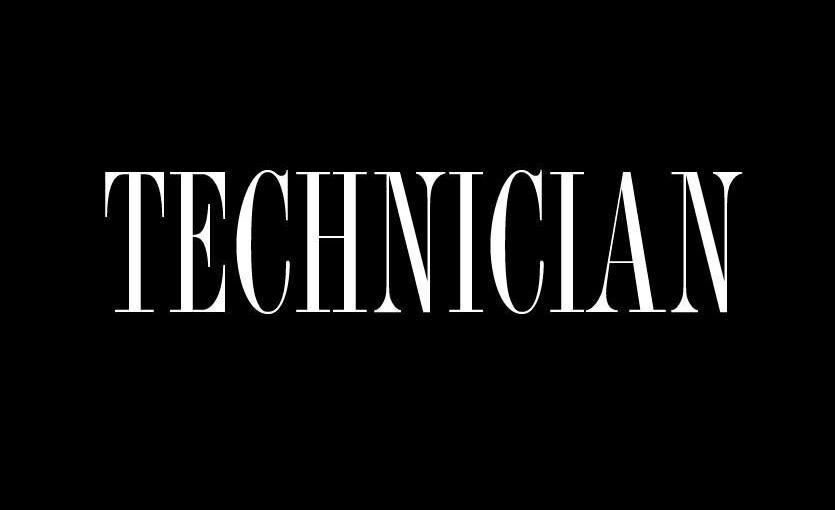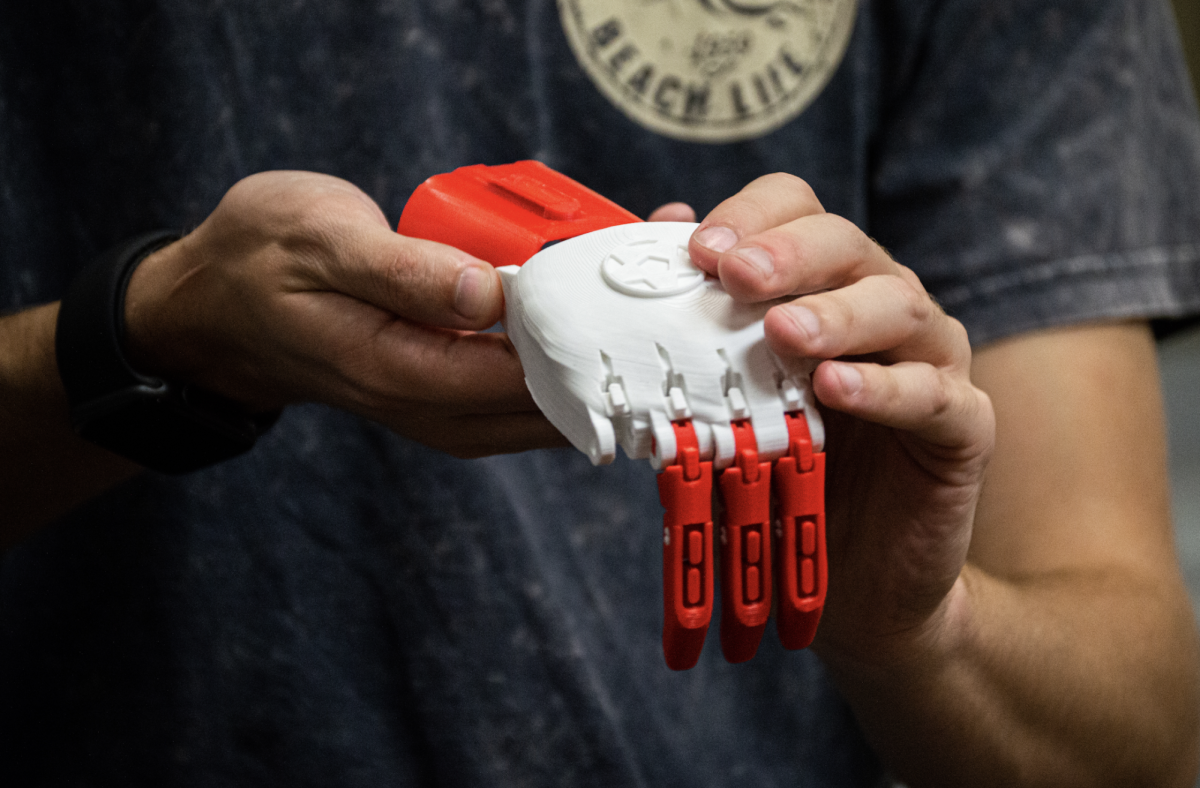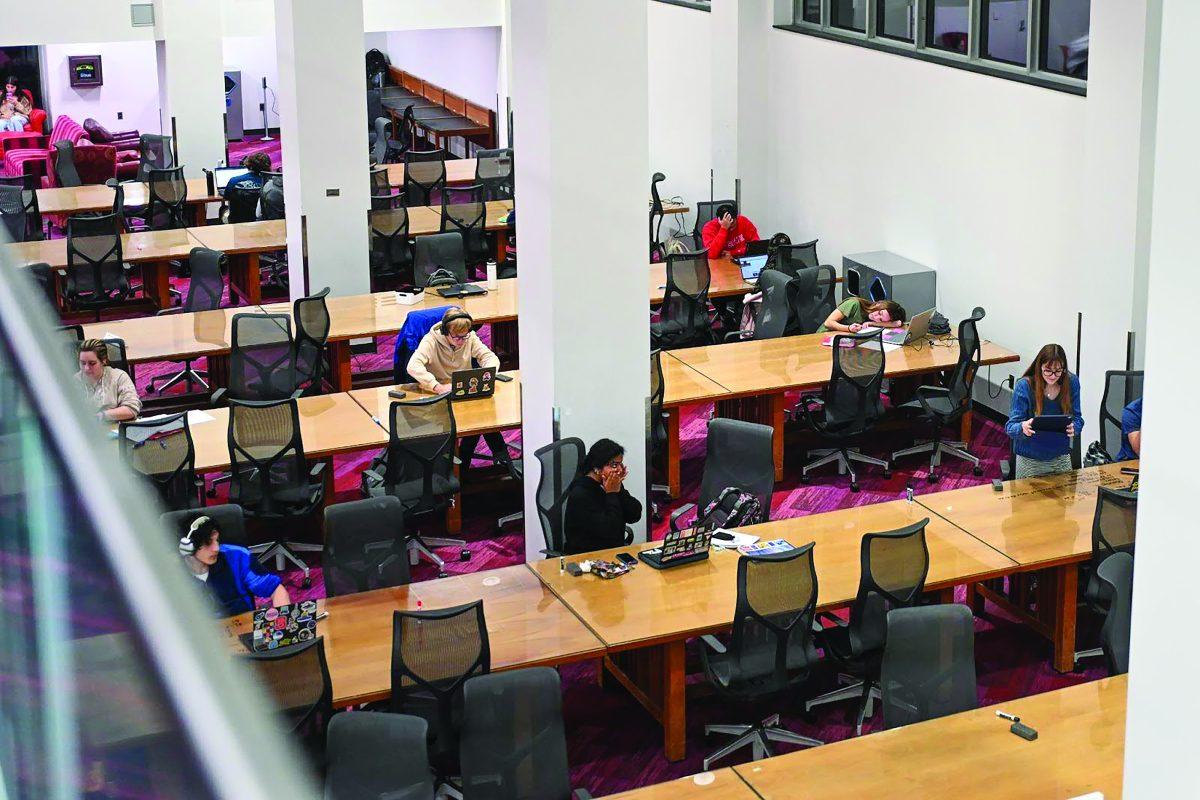The Lampe Joint Department of Biomedical Engineering and its associated labs are doing research into prosthetics technology, working to bring more practical, responsive and accessible devices to individuals in need.
Nitin Sharma, an associate professor in biomedical engineering at NC State, researches exoskeleton design and control. His work involves electrical stimulation with the goal of reanimating muscle function for patients with paralysis.
The devices can be used to assist with everyday needs such as standing or walking, but also to facilitate the recovery of function for certain patients. Each device his lab produces must be individually tailored to the needs of the recipient, making a large portion of their work centered towards the development of algorithms.
“We can spend whole hours, or days to personalize something. But when you want to implement in a clinic, you want something with a very quick solution that could be quickly personalized. So that is our challenge,” Sharma said.
The Lampe Joint Department of Biomedical Engineering is a collaboration between researchers at NC State and the University of Chapel Hill. Sharma said the UNC staff are often on the clinical side of the work, pulling from the expertise at their School of Medicine, while NC State staff generally work on engineering.
“Those are people that have access to patients. So this is a way we can test our technology on the actual clinical side of things,” Sharma said.
Other devices respond directly to the patient’s movement instead of relying on machine learning. Joshua Tacca, a post-doctoral research scholar in the Neuromuscular Rehabilitation Engineering Laboratory, does work with muscle controlled prosthetic ankles.
The devices can measure the muscle movement of the patient’s amputated leg and use that information to move the prosthetic, effectively giving the patient full control. Tacca’s work involves clinical work with patients, testing the devices and how their function improves in balance and other practical tasks.
“With some of the [electromyography] controlled prosthesis, it’s trying to give the person back the agency to be able to control the prosthesis, and seeing how that affects their use of the device,” Tacca said.
The development and testing process invites feedback from patients so researchers can effectively meet their needs. Tacca said he finds it most rewarding to respond directly to what individuals want out of their prostheses.
“We really try to get people with amputations involved in the research process,” Tacca said.
Sharma said he finds the work intriguing in two ways: the scientific challenge and the social impact. He said they are working to change the standard of care for people who otherwise might not have any other options, whether that is because of the nature of their disability or the cost of care.
“If you ask somebody sitting in a wheelchair all day, it’s a big deal for them if they can stand up and just talk to you at eye-level,” Sharma said.
Their work is beneficial to patients in that it provides more basis for insurance companies to cover high-tech prostheses. Tacca said a lot of robotic prosthetics are not covered by insurance, making them very expensive and inaccessible for those who might want them.
Karl Shroff, a fourth-year in biomedical engineering, is the President of the Helping Hand Project chapter at NC State. The club has 150 volunteer members who consult, develop and implement 3-D printed prosthetics for recreational use.
“We’re trying to reach more of this younger audience, where their parents may not be able to get their insurance to cover a prosthetic device,” Shroff said.
Their process is similar to any other product development cycle, with involved interviews and measurements, designing and prototyping, and delivery. Shroff recounted his first time delivering a prosthetic to a client, which was a very emotional and joyful experience.
“There’s not been something like that that has brought me that much pride and joy in my life as that did,” Shroff said. “I think that’s the essence of why people in this club do what they do. That connection and that impact you have on someone’s life.”
Sharma said the research and devices they are creating are uncommon in most clinical settings. Part of their work is finding ways to bring these advanced technologies to more people.
“We are doing some really crazy stuff, in the sense of bringing this engineering, this novel, advanced technology, and actually testing on patients,” Sharma said. “I think that’s very exciting, as well as something very impactful.”





